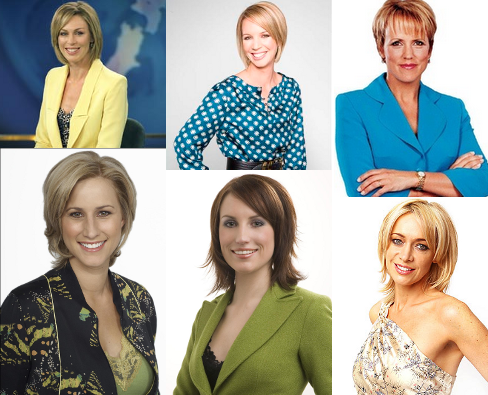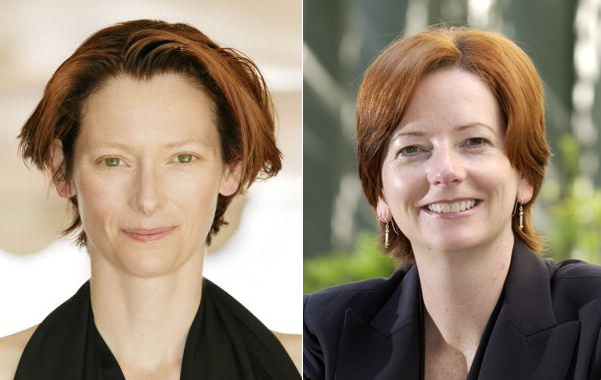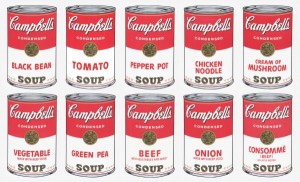After defending New Zealand’s broadcast news media in recent weeks, and bemoaning the lack of funding for public service broadcasting in particular, TVNZ has tonight hit rock-bottom. The so-called national broadcaster has been comprehensively shamed by TV3, and in the battle for news credibility it has capitulated having barely fired a shot.
John Campbell announced the Sendai Earthquake live on Campbell Live, and TV3 interrupted its broadcast of the high-rating Glee with micro-bulletins (leading the ad breaks) not long afterwards, and eventually ditched the show altogether to show live coverage from Japan’s English-language NHK network. TV One, in contrast, let MasterChef play to the end before switching to NHK. The digital-only channel TVNZ7 was also broadcasting coverage from NHK.
Both commercial channels continued to play ads, but other than that, did a pretty good job of balancing raw foreign coverage, context provided by their local presenters, and important updates for New Zealanders (tsunami alert status, etc.). And then, after broadcasting quake coverage for about an hour, One switched back to its regular programming, showing “Pineapple Dance Studios”, a reality TV show about “the larger-than-life exploits” of the dancers at said London studio. TVNZ’s other channel, TV2, was broadcasting American Idol. At some point (I haven’t been watching it) TVNZ 7 switched back to its regular programming: a book show of some sort. TV3, apparently without a second thought, cancelled the rest of its scheduled programming, and continues to carry the NHK feed, interspersed with relevant original content, including reports from New Zealand expats in Japan.
The contrast could not be more stark: while both One and TV3 remain general-purpose TV channels with a bolt-on news component, TV3 thinks of itself as and actually behaves like a bona fide news outlet, while for all its big talk TVNZ has revealed itself to be just another vehicle for empty escapism. TV3 demonstrated considerably better newscasting chops than TVNZ during the Canterbury earthquake of 22 February, but the comparison was unfair because TVNZ’s live broadcast infrastructure was more or less destroyed in the earthquake, so they had considerably less capacity to respond, for reasons outside their control. It is true that, given the volume of disaster coverage we have had recently, there is a need for an escapist bolt-hole — not least, for the traumatised survivors of the Canterbury earthquakes. But that’s what TV2 and American Idol are for. Make no mistake: given our current disaster awareness, the relatively strong links between New Zealand and Japan — including the presence of Japanese USAR teams still in Christchurch — that country’s broad and deep experience of coping with events such as these, and the fact that the tsunami waves are predicted to submerge entire islands in the Pacific, including, presumably some of our protectorates — this is of legitimate news interest to New Zealanders. It is apparently the largest earthquake recorded in Japan in the past century, and one of the ten largest earthquakes ever recorded. By any meaningful metric it is an important news story worthy of our attention.
At the heart of my defence of public service broadcasting lately has been the argument that public service broadcaster raise the bar of competition, forcing commercial broadcasters to sharpen their game. To quote myself (from a comment on Red Alert the other day):
The British broadcast media are very good indeed, and the main reason for this is the BBC. Yes, the BBC itself makes up a lot of the broadcast media environment there, but more importantly, it forces commercial competitors to compete with something other than lowest-common-denominator mass-market ratings. The same dynamic exists in the two other major media markets with strong and well-provisioned PSBs: Canada and Australia, where the CBC and ABC respectively set an enormously high standard for commercial competitors to meet. This is one of the major roles of public service broadcasting, especially in news: to set a high bar for competition.
If you want to solve the problems within New Zealand’s media environment, if you want to raise the bar: make the commercial media outlets compete with something that hasn’t been gutted and hamstrung. Fund TVNZ and Radio NZ properly, give it freedom to hire and retain the best people, buy the best content, and generally do what it does, and let the others work to match them. Everyone wins.
To give just one tiny example of how this might have worked: TV3 may have reconsidered its decision to air advertisements for fast food and outboard motors between shots of buildings and fleeing vehicles being swept away by ten metre waves, if there had been a viable ad-free newscast in competition with it. To give another: perhaps, if there was some competition prepared to put up the NHK feed overnight for those whose family members and friends are in Japan, TV3 might not have cut to Sports Tonight after Nightline had aired. But there wasn’t any competition. When governments underfund public service broadcasters or hamstring them by imposing the contradictory roles of a public service mandate and the need to return a profit to the consolidated fund, both roles are weakened. We get the worst of both worlds: as taxpayers, we pay public money to fund public service broadcasting, provision of which is undermined by the channel’s need to remain obedient to market imperatives, and in exchange for putting up with ads we end up with a pale imitation of a commercial broadcaster as well. One News — and to an even greater extent TVNZ 7 — supposedly a dedicated ‘factual content’ channel — disgraced themselves and failed New Zealanders tonight. The tagline “New Zealand’s news. Anywhere. Anytime” should perhaps be revised to “Anywhere. Anytime. Except when there’s third-rate reality programming to air instead.”
TVNZ, by waving the white flag tonight, has demonstrated that it’s all but worthless as a public service broadcaster. The market is doing its job for it. If the government isn’t going to fund it well enough to turn it into a proper public service broadcaster, they might as well sell it, if they can find anyone who’ll pay anything for it. If they can’t, perhaps they can just take it out behind the shed and put it out of its misery.
L



 Via
Via 